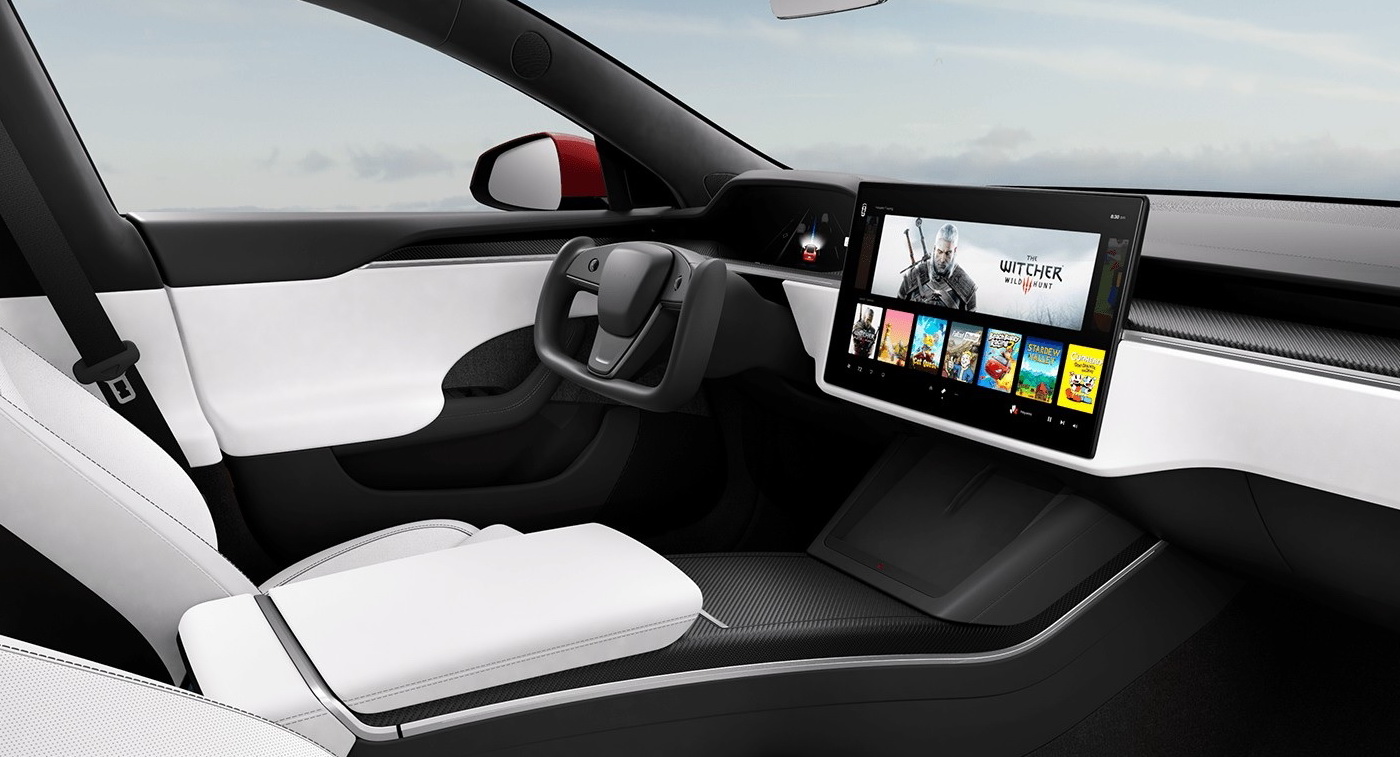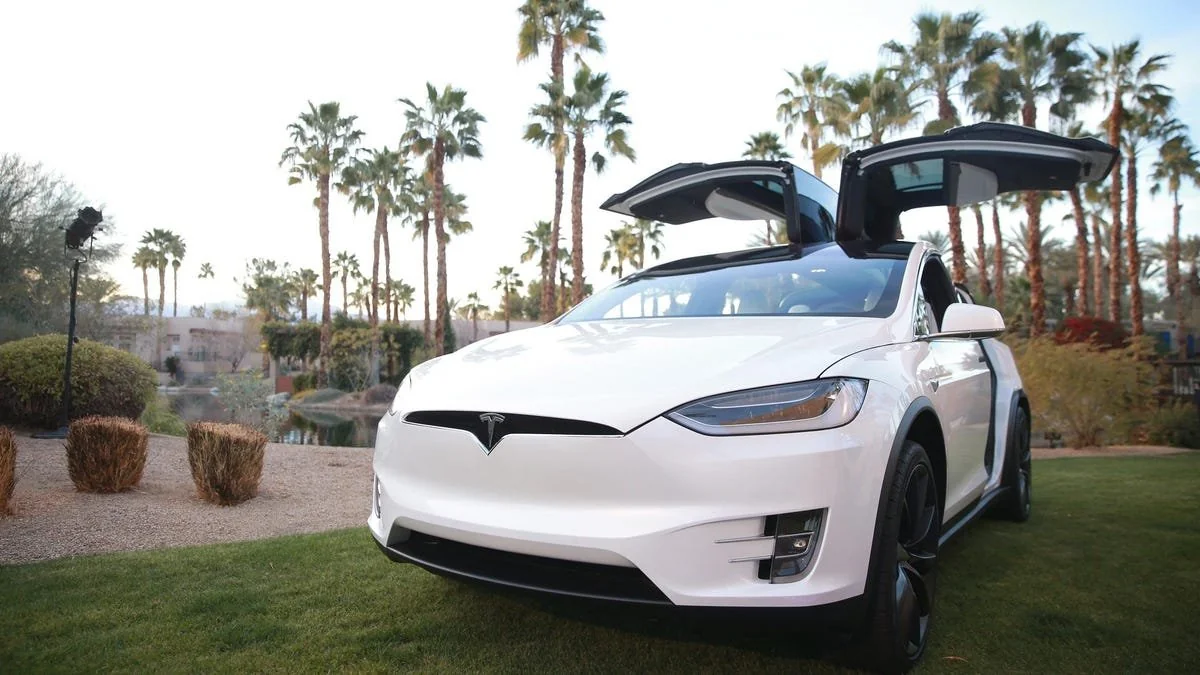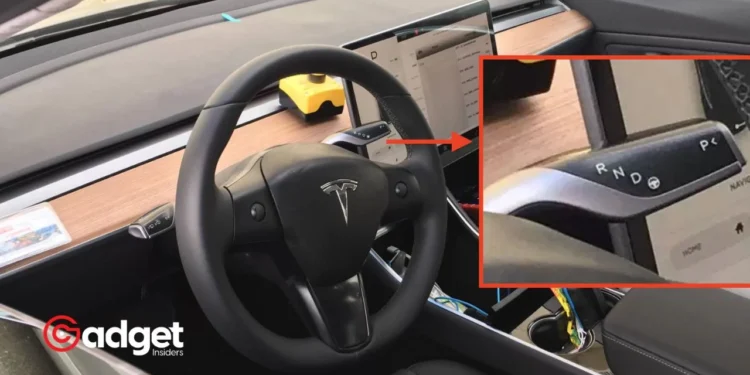In the ever-evolving landscape of automotive technology, Tesla has stood out as a beacon of innovation, pushing the boundaries of what’s possible with electric vehicles (EVs). However, recent events have cast a shadow over Tesla’s ambitious endeavors, bringing to the forefront a critical issue: the balance between innovation and user safety.
The tragic accident involving Angela Chao, a billionaire and the sister to former Secretary of Transportation Elaine Chao, has ignited a fervent discussion about the potential pitfalls of Tesla’s design choices.

Tesla: A Fatal Misstep
Angela Chao’s untimely demise on a Texas ranch last month, when her Tesla Model X reversed into a pond, underscores a known problem among Tesla owners – the confusing gear-shifting mechanism. Chao’s accident was not an isolated incident; it was a fatal culmination of a known issue that has been reported multiple times by concerned Tesla owners.
According to Business Insider, the US Department of Transportation’s database reveals 12 complaints specifically targeting the Tesla reverse function, with seven highlighting the confusing gearshift design.
The Heart of the Matter: Design vs. Intuition
The gear-shifting problem seems to span across different Tesla models and years, indicating a broader issue with the vehicle’s interface design. Before the late 2021 updates, Tesla drivers shifted gears using a stalk on the right of the steering wheel, a method that some found counterintuitive and confusing, especially when it mimicked the action to disengage the car’s autopilot mode.
The situation arguably worsened post-2021 with the introduction of a touch-screen system for gear shifting, devoid of the traditional indicator and PRND stalks. This “needlessly confusing” design, as reported, has not only perplexed users but also raised questions about the necessity of such a drastic change in a fundamental aspect of car operation.
Another Tesla bashing article where the media just blames the product where most Tesla drivers have zero issues with the shift selection – Tesla's gear-shifting problems were known before Angela Chao's death – Quartz https://t.co/NqhspGLKXu
— jeff (@jgpr7hmhbg) March 15, 2024
A Legacy of Concerns
The reversing issue is just the tip of the iceberg. Tesla owners have voiced other safety concerns, notably about the car’s phantom braking system, which has been linked to accidents.
Additionally, design choices like unbreakable windows have proven to be more of a hazard than a safety feature in emergencies, as illustrated by the inability of Chao’s friends and first responders to rescue her from the submerged vehicle.
Reflections on Regulation and Responsibility
The accident shines a harsh light on the urgent need for regulatory scrutiny and perhaps a reevaluation of Tesla’s design philosophy.
It’s ironic and deeply tragic that Angela Chao’s sister, once in a powerful position to influence transportation safety, is now linked to an incident that underscores the dire consequences of regulatory inaction and the automotive industry’s relentless pursuit of innovation at the expense of user safety.
Innovations in Question: The Cybertruck’s Durability Dilemma
The EV giant’s approach to car design has always been avant-garde, prioritizing features that set its vehicles apart from the traditional automotive landscape. However, the incident calls into question the practicality and safety of such innovations.
The Cybertruck, with its “rock-resistant” windows, becomes a poignant example of how features intended to enhance durability and safety could potentially introduce new risks, echoing the unforeseen dangers posed by the unbreakable windows of older Tesla models.

Navigating the Road Ahead
As Tesla continues to pioneer the future of electric vehicles, the balance between innovation and safety remains a critical crossroads. The company’s ambition to redefine driving through advanced technology and design must be tempered with a commitment to the fundamental principles of automotive safety. The tragic loss of Angela Chao serves as a somber reminder of what is at stake.
In the wake of this incident, the automotive industry and regulatory bodies must take a closer look at the implications of rapid technological advancement on user safety. It’s imperative that the pursuit of innovation not overshadow the basic tenets of vehicle operation and emergency response.
As we move forward, let’s hope that the lessons learned from this tragedy will lead to a safer, more intuitive driving experience for all.
The conversation around Tesla’s gear-shifting controversy is far from over. It is a call to action for Tesla, the automotive industry, and regulatory agencies to reassess and realign their priorities, ensuring that technological advancements enhance, rather than compromise, user safety.
The legacy of Angela Chao’s untimely departure should not be one of tragedy but a catalyst for positive change, paving the way for a future where innovation and safety drive forward, hand in hand.










